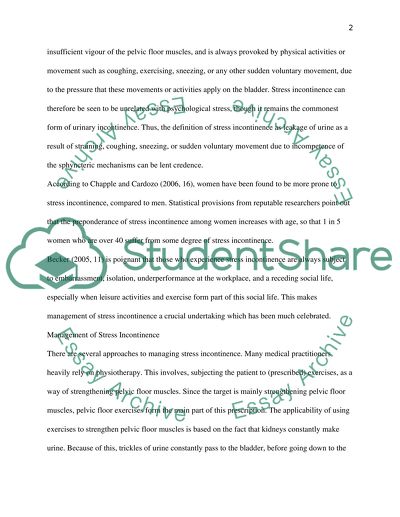Cite this document
(“Management of stress incontinence Essay Example | Topics and Well Written Essays - 2750 words”, n.d.)
Management of stress incontinence Essay Example | Topics and Well Written Essays - 2750 words. Retrieved from https://studentshare.org/nursing/1482985-management-of-stress-incontinence
Management of stress incontinence Essay Example | Topics and Well Written Essays - 2750 words. Retrieved from https://studentshare.org/nursing/1482985-management-of-stress-incontinence
(Management of Stress Incontinence Essay Example | Topics and Well Written Essays - 2750 Words)
Management of Stress Incontinence Essay Example | Topics and Well Written Essays - 2750 Words. https://studentshare.org/nursing/1482985-management-of-stress-incontinence.
Management of Stress Incontinence Essay Example | Topics and Well Written Essays - 2750 Words. https://studentshare.org/nursing/1482985-management-of-stress-incontinence.
“Management of Stress Incontinence Essay Example | Topics and Well Written Essays - 2750 Words”, n.d. https://studentshare.org/nursing/1482985-management-of-stress-incontinence.


